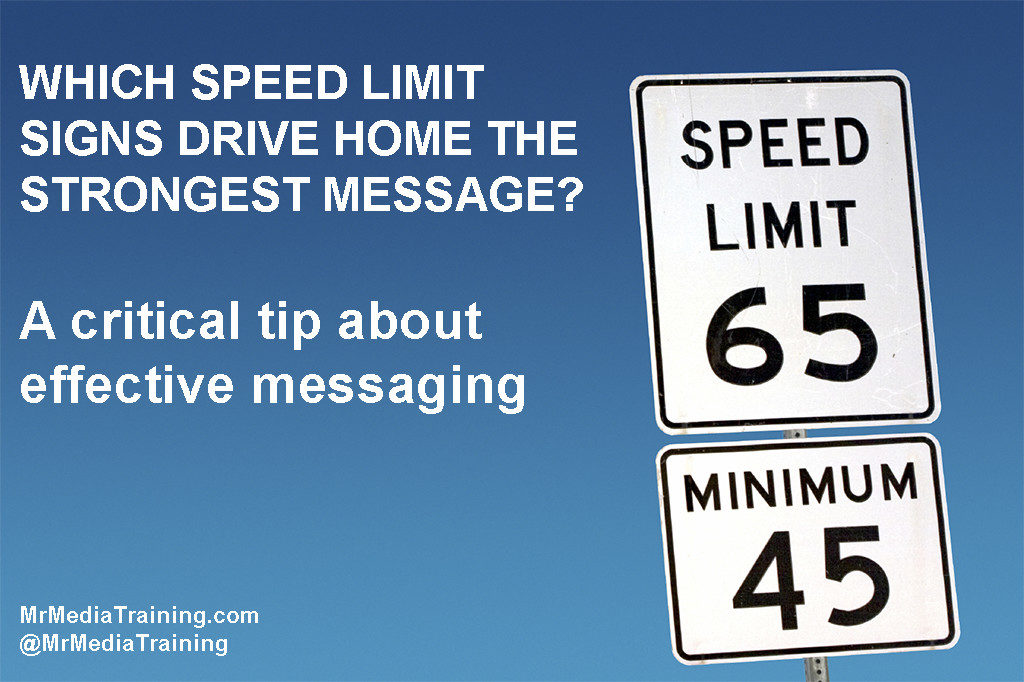Two Brilliant Messages: Nordstrom and Social Security
I couldn’t wait until my final college class ended in August 1995.
Just before leaving my apartment for my final day of college, I packed my car for the long drive from Tucson (I attended the University of Arizona) back to my family’s home in Maryland. I got in my car as soon as the class ended to begin my three-day drive.
My zeal to rush back to Maryland wasn’t because I hated college, but because I couldn’t wait to begin applying for jobs as a radio disc jockey. Upon returning home, I was fortunate enough to get my break rather quickly when I was offered a job at a small lite rock station in Frederick, Maryland. The only problem was that the station was only willing to offer me a weekend slot.
To earn money as I tried to get my radio career going, I applied for a job at Nordstrom — I needed some clothes and figured the employee discount would help. So when I read Dan and Chip Heath’s excellent marketing book Made to Stick, something they mentioned sounded familiar.

The Heaths told a story about Nordstrom’s employee orientation course. The premium retailer wanted to emphasize one point to all new employees, including me: the customer is always right.
Nordstrom could have made that point by simply saying that — but “the customer is always right” is neither particularly memorable nor sticky. The course instructors could have put up a PowerPoint slide that said something like, “87 percent of all satisfied Nordstrom shoppers will return to the store and make another purchase within one year.” That, too, wouldn’t have stuck.
Instead, they told a story, possibly apocryphal, about a customer who had come into the store to return a tire. Since Nordstrom didn’t sell tires, you’d think they would have told the customer that he was mistaken and didn’t buy the tire there. Instead, the cashier returned money to the customer and accepted the tire from him. This was the message:
“If a customer wants to return a tire, let him.”
That simple message, which excluded complexity, was extremely memorable and stuck with employees. It guided the behavior of staffers who would remember that story when a tricky customer service situation arose.
Last week, I heard another speaker tell a story about a man named Paul Barnes, a senior executive with the Social Security Administration. To help his employees remember how to treat elderly people who sought their help, he boiled down his message to this simple sentence:
“Treat everyone who comes into your office as if they’re your grandmother.”
The next time you compose a mission statement, write a speech, or prepare for a meeting with your employees, remember the lessons from Nordstrom and the Social Security Administration. If you make your message simple and memorable, you’ll accomplish a lot more than any complex annual report or PowerPoint presentation ever could.
Don’t leave yet! Have the best of the blog delivered to your inbox twice per month by entering your email address in the box below.



This reminds me of a press interview my boss had once that included our improving high school truancy rates.
The stats were complicated, the terminology had to be unpacked a little, but at one point he said, “students vote with their feet” and continued on about all the things being done to make schools better for students. The phrase stuck.
Of course, the image that phrase brings to mind is negative, so I’d like to improve on that a little, but your posting reminded me of the power of well-placed image in peoples’ minds.